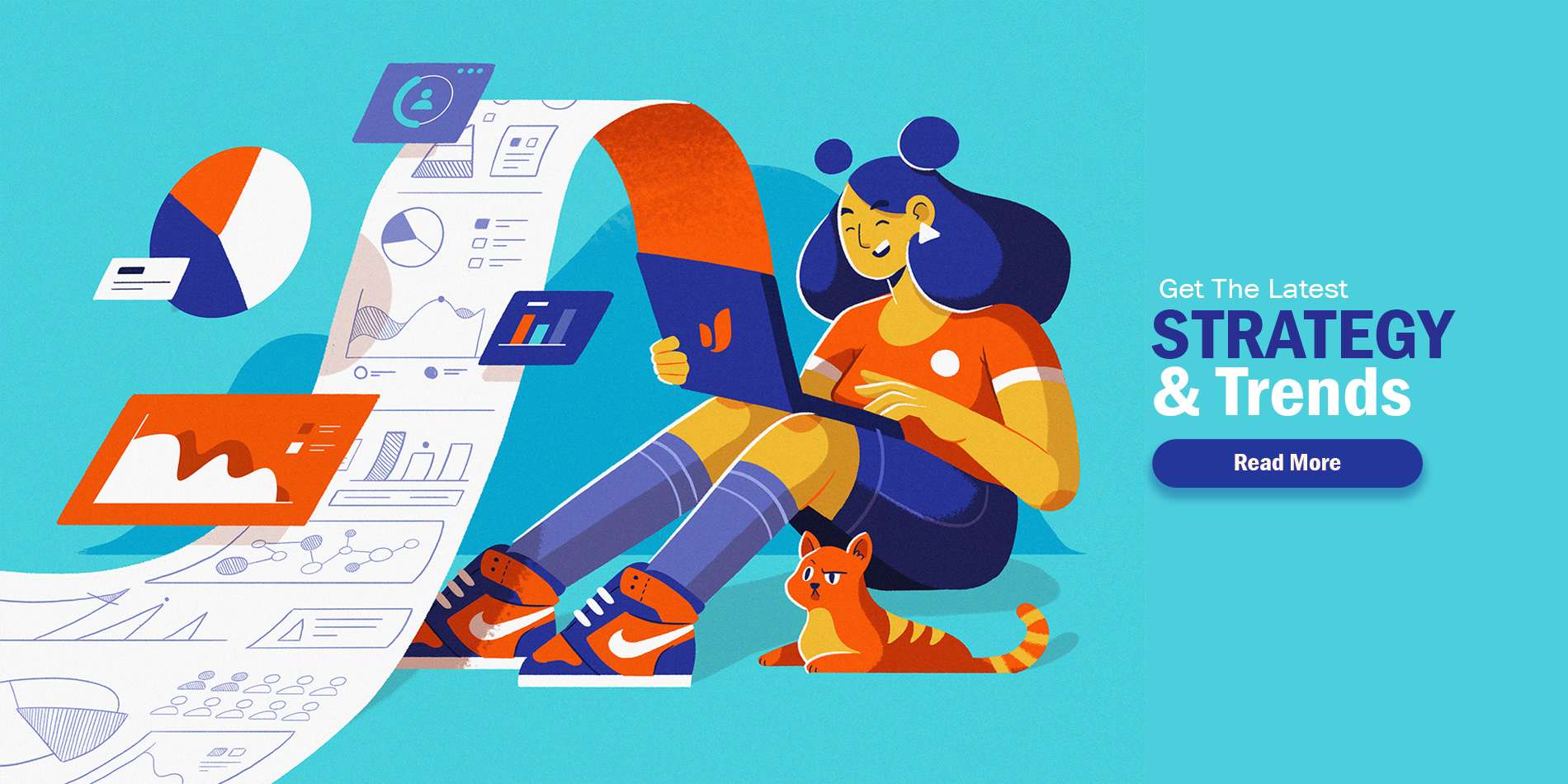
Game design is a complex discipline that combines art, psychology, and technology to create engaging digital experiences. One of its most powerful tools is the use of symbols—visual and thematic elements that communicate meaning, guide player behavior, and enrich storytelling. As the gaming industry has evolved, so too has the sophistication of symbols and features, transforming simple visuals into layered narratives and interactive mechanics that captivate audiences worldwide.
Symbols in games serve as visual cues, narrative devices, and mechanics that streamline player understanding and immersion. They can be as simple as icons indicating a bonus or as complex as mythological motifs conveying deeper cultural meanings. Effective symbolism enhances recognition, reduces cognitive load, and fosters emotional connections, making gameplay more intuitive and memorable.
From the early pixelated icons in arcade games to today’s highly detailed graphical interfaces, symbols have become central to game mechanics. Modern features such as wilds, scatters, and bonus triggers are often represented by iconic symbols that players learn to recognize and anticipate. This evolution reflects increasing sophistication in both visual storytelling and user experience design.
Symbols act as bridges between gameplay and narrative, making abstract mechanics tangible. They evoke emotions, reinforce themes, and create a sense of familiarity that encourages continued play. When integrated thoughtfully, symbols turn simple interactions into compelling stories, as exemplified by mythological motifs or legendary icons.
Symbols guide player expectations and strategies. Recognizable icons help players quickly identify potential wins or bonus opportunities, influencing their risk-taking behavior. Well-designed symbols can prolong engagement by creating anticipation and rewarding exploration.
Research indicates that symbols reduce cognitive load by providing familiar cues, allowing players to make quick decisions. Additionally, emotionally charged symbols—such as mythological gods or legendary artifacts—can evoke feelings of awe or nostalgia, deepening player immersion.
Embedding symbols within the game’s environment creates a cohesive narrative universe. For example, mythological symbols reinterpreted in contemporary games serve to connect players with timeless stories, fostering a richer engagement experience.
Modern games often draw upon ancient myths—like Greek gods—to craft compelling themes. The reimagining of Zeus as a playful yet powerful figure demonstrates how symbols evolve to appeal to contemporary audiences while retaining their narrative potency.
Symbols like the lucky number seven, cherries, or crowns have persisted in slot games but are now presented with modern graphics and integrated with new mechanics to enhance engagement.
New features such as expanding wilds, cascading symbols, and multi-layered bonus rounds leverage symbolic design to create dynamic, unpredictable gameplay, encouraging repeated plays and exploration.
| Aspect | Details |
|---|---|
| Reimagining Mythology | Zeus portrayed as an impostor stealing thunderbolts, blending humor with mythic themes. |
| Symbol Design | Wild symbol as a golden ‘W’ on a shield, evoking heroism and luck. |
| Narrative Twist | Zeus as a humorous trickster adding a playful story element to the game experience. |
Such creative reinterpretations exemplify how modern game design leverages mythology to craft engaging, memorable content, illustrating the enduring power of symbolism.
Repeated use of specific symbols reinforces brand identity, making games instantly recognizable and fostering loyalty. Iconography like the thunderbolt in “Le Zeus” or mythological motifs in other titles creates a cohesive universe that players associate with quality and familiarity.
Distinctive symbols serve as visual signatures, aiding marketing campaigns and attracting players through recognizable branding elements. This visual consistency helps new players identify a game series quickly and feel connected to its mythos.
By integrating mythological symbols with humorous twists and vibrant design, “Le Zeus” constructs a playful mythos that invites players into a familiar yet fresh universe, strengthening loyalty and encouraging repeat engagement. For insights on how to craft such symbolic branding, lezeus advanced tips can provide valuable guidance.
Effective symbols are easily recognizable yet rich with meaning. Overly complex visuals can confuse players, while overly simplistic ones may lack engagement. Striking the right balance encourages players to explore and discover nuanced gameplay layers.
Consistent thematic design ensures that symbols support the overall story, creating a seamless experience. When symbols reflect the game’s universe—such as mythological figures in a Greek-themed slot—they reinforce immersion and player investment.
Symbols may carry different meanings across cultures. Designers must be aware of these nuances to ensure symbols resonate positively with diverse audiences, avoiding misinterpretation or offense.
Easter eggs, hidden symbols, and subtle visual cues can reward attentive players, fostering a sense of mastery and discovery. Incorporating these elements enhances replayability and deepens engagement.
Using culturally sensitive symbols or themes requires careful consideration to avoid stereotypes or cultural insensitivity. Responsible design respects diversity while maintaining engaging storytelling.
AR technologies enable players to interact with symbols in real-world environments, creating deeply immersive storytelling and gameplay that blur the line between virtual and physical worlds.
Future games may allow players to customize symbols and features, tailoring their experience and fostering personal connection. Adaptive mechanics respond to player behavior, making each session unique.
Modern reinterpretations like “Le Zeus” demonstrate how mythological themes can be adapted for new platforms and technologies, paving the way for more personalized and immersive myth-based experiences.
Effective game design hinges on the thoughtful integration of symbols and features that serve both mechanical and narrative purposes. These elements not only make gameplay intuitive and engaging but also embed players within compelling stories that resonate across cultures and generations. As exemplified by innovative titles like “Le Zeus,” blending mythological symbolism with modern mechanics demonstrates how timeless storytelling can be revitalized for contemporary audiences.
“Thoughtful symbolism transforms simple gameplay into memorable experiences that foster loyalty, exploration, and cultural connection.” – Industry Expert
By understanding and applying these principles, future game developers can craft immersive worlds where symbols and features work seamlessly to entertain and inspire players worldwide.

Grow your business online with our Digital Marketing Services through our Social Spot Media Company.
Agency(1)
Business(5)
Marekting(2)
Seo(2)